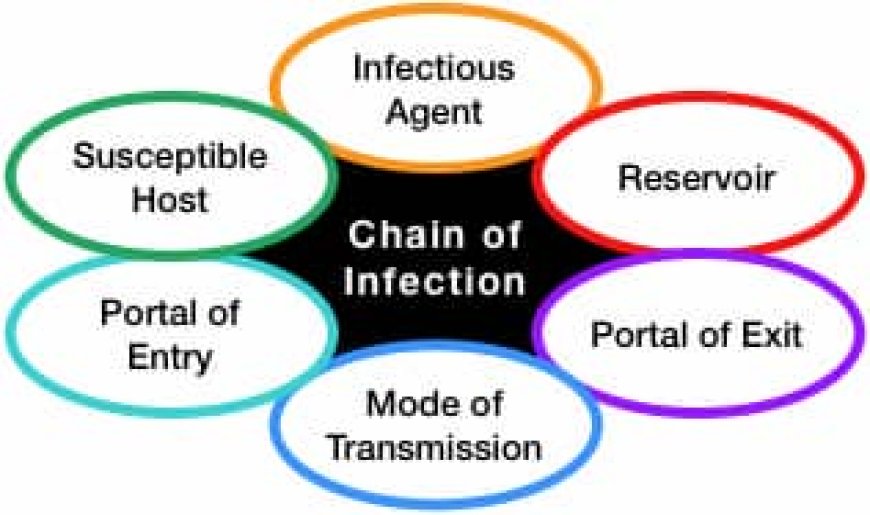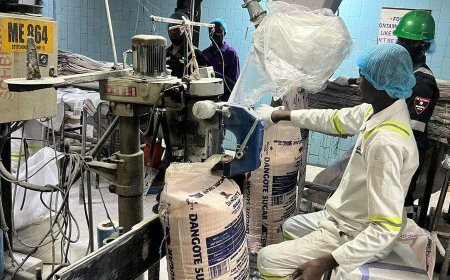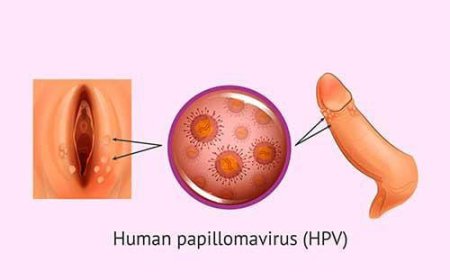*Establishing Pathogen Access ----- Understanding the Process*

*Establishing Pathogen Access ----- Understanding the Process*
*Establishing pathogen access involves identifying and understanding how pathogens enter and affect hosts.
This process is crucial for developing effective prevention and treatment strategies in healthcare and microbiology.
Key Steps in Establishing Pathogen Access
1. *Identification of Pathogens*: Recognizing the types of pathogens (bacteria, viruses, fungi, parasites) that can invade hosts is the first step. This includes understanding their characteristics and behaviors.
2. *Entry Points*: Pathogens can enter the body through various routes, such as:
- *Respiratory Tract*: Inhalation of airborne pathogens.
- *Gastrointestinal Tract*: Ingestion of contaminated food or water.
- *Skin*: Entry through cuts or abrasions.
- *Mucous Membranes*: Contact with bodily fluids.
3. *Adhesion Mechanisms*: Understanding how pathogens adhere to host cells is critical. This can involve specific proteins or structures that facilitate attachment to target tissues.
4. *Invasion Strategies*: Pathogens employ various strategies to invade host tissues, including:
- *Enzymatic Degradation*: Producing enzymes that break down tissue barriers.
- *Immune Evasion*: Developing mechanisms to avoid detection by the host's immune system.
5. *Transmission Dynamics*: Studying how pathogens spread within populations helps in understanding their access points. This includes direct contact, vectors, and environmental reservoirs.
Importance of Establishing Pathogen Access
- *Infection Control*: Understanding how pathogens access hosts is vital for implementing effective infection control measures in healthcare settings.
- *Vaccine Development*: Insights into pathogen entry and behavior can inform vaccine design and public health strategies.
- *Public Awareness*: Educating the public about how pathogens spread can help in preventing infections.
What's Your Reaction?




























































